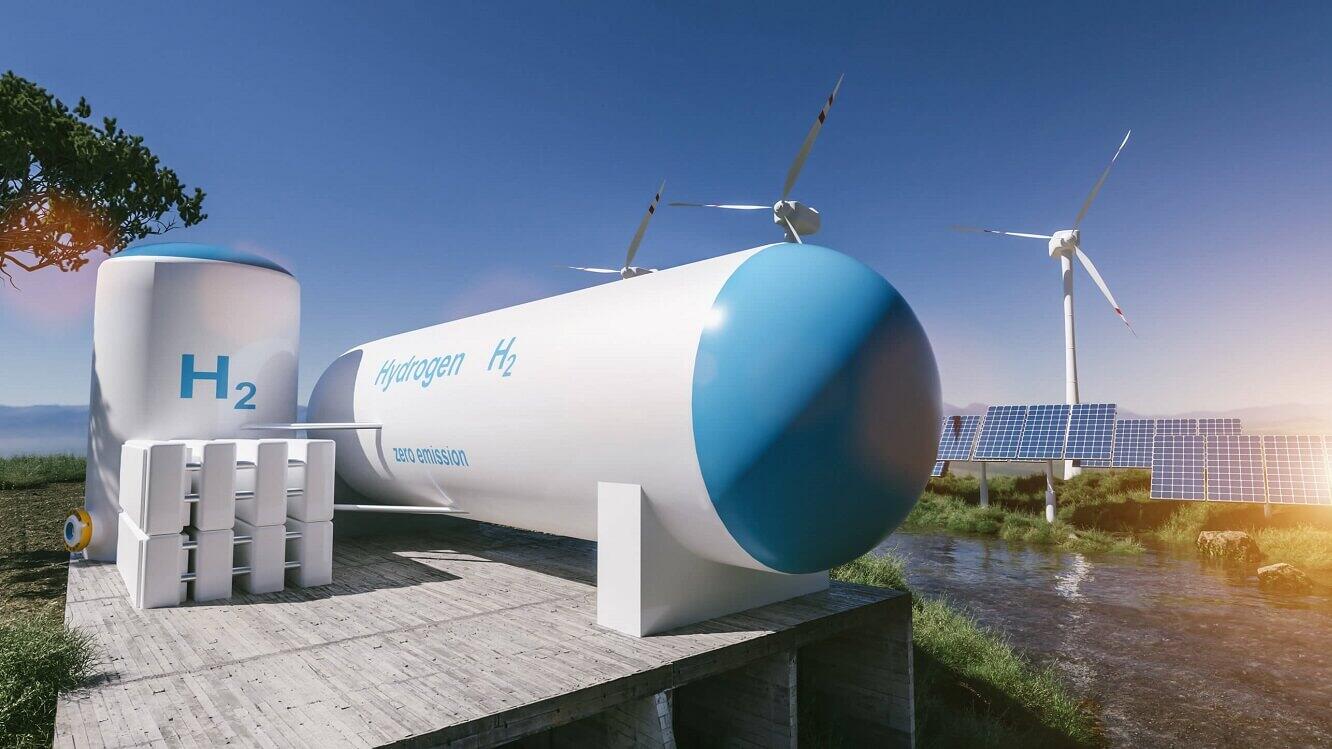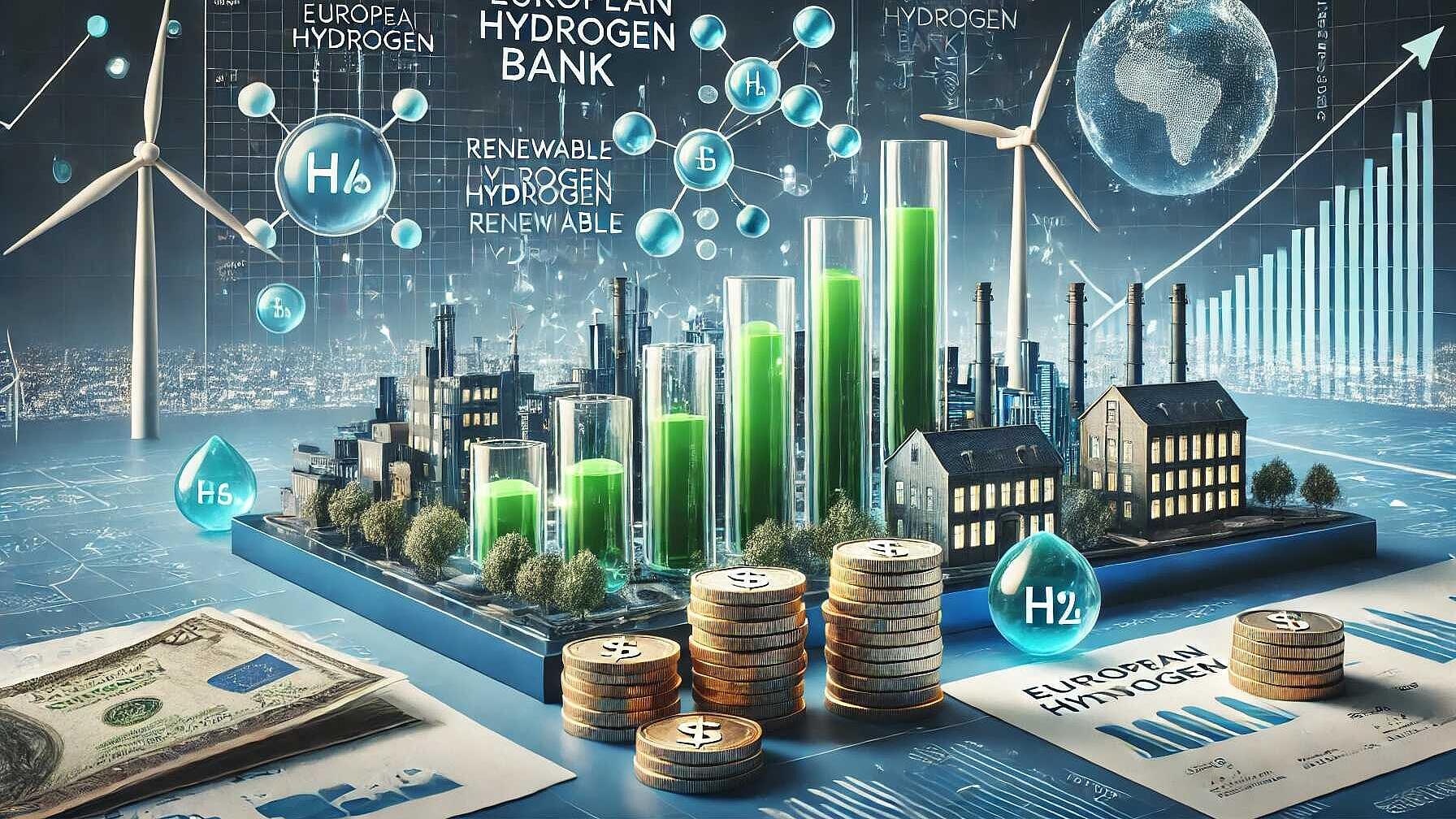 Renewable Energy
Renewable EnergyThe Renewable Revolution: Powering Our Future
Summary
The paper examines the feasibility and implications of transitioning to a 100% renewable energy system by 2050, in line with the Paris Agreement's goal to limit global warming to 1.5°C above pre-industrial levels. Key findings reveal that electrification is central to this transition, with electricity's share of total energy consumption potentially increasing from 20% to over 90%. The transport sector is expected to undergo significant electrification, particularly through the adoption of electric vehicles.
Solar and wind are identified as the main sources of renewable energy, projected to provide up to 69% and 45% of the total energy supply, respectively. This expansion could support around 134 million jobs by 2050. Nonetheless, the variable nature of solar and wind energy necessitates advancements in grid technology for stability and reliability.
Energy storage, including batteries and pumped hydro, is deemed essential to address supply-demand imbalances. Green hydrogen is highlighted as a crucial element for decarbonizing industries and heavy transport. For heating and cooling, the paper suggests increased reliance on heat pumps and solar thermal technologies.
The socio-economic advantages of transitioning to renewable energy are emphasized, with potential for job creation and health benefits by reducing air pollution and related deaths. To achieve these outcomes, the paper recommends policy actions such as committing to renewables, prioritizing energy efficiency, enhancing sector electrification, investing in energy infrastructure, and fostering international cooperation.
Open full article
The Renewable Revolution: Powering Our Future
In a world grappling with climate change and energy security concerns, the transition to renewable energy has never been more crucial. Recent studies have shown that a 100% renewable energy system is not just a distant dream, but an achievable reality that could bring numerous benefits to our planet and society. Let's explore how this renewable revolution could reshape our energy landscape and what it means for the future.
The Path to 100% Renewable Energy
Several prominent scenarios have been developed by leading institutions, including the Lappeenranta-Lahti University of Technology (LUT), the University of Technology Sydney (UTS), and Stanford University. These scenarios outline how we can achieve a fully renewable energy system by 2050, aligning with the Paris Agreement's goal of limiting global warming to 1.5°C above pre-industrial levels.
Electrification: The Key Driver
One of the most striking commonalities across all scenarios is the significant increase in electrification. By 2050, electricity is projected to provide anywhere from 50% to more than 90% of total final energy consumption, compared to around 20% today. This massive shift towards electrification will encompass various sectors, including transport, industry, and buildings.
The electrification of transport is a particularly crucial aspect of this transition. We can expect to see a rapid replacement of internal combustion engine vehicles with electric vehicles (EVs), leading to cleaner air in our cities and reduced dependence on fossil fuels.
Solar and Wind: The Dynamic Duo
At the heart of this renewable revolution are solar and wind technologies. These two powerhouses are expected to dominate the energy mix by 2050, thanks to their rapidly decreasing costs and technological advancements. Solar capacity could range from 33% to 69% of total energy supply, while wind energy is projected to contribute between 16% and 45%.
The expansion of these technologies will not only provide clean energy but also create numerous job opportunities. For instance, the Global 100% RE Scenario projects that the renewable energy sector could support about 134 million jobs by 2050, primarily driven by renewable and sustainable technology value chains.
Overcoming Challenges: Grid Flexibility and Storage
The transition to a high share of variable renewable energy sources like solar and wind will require significant changes to our energy infrastructure. Smart and highly digitalized grids will be essential to manage the variability of renewable energy sources and ensure a stable and reliable energy supply.
Energy storage will play a crucial role in this new system. Various storage technologies, from batteries to pumped hydro storage, will be needed to balance supply and demand across different timescales – from hourly to seasonal. For example, the UTS 1.5°C Scenario emphasizes the need for substantial short-term storage capacity, including over 244 GW of hydro-pumped storage and 12 GW of battery storage by 2030.
Green Hydrogen: The Game Changer
Green hydrogen emerges as a vital component in all scenarios, particularly for decarbonizing hard-to-abate sectors such as heavy industry and long-distance transport. Produced through electrolysis powered by renewable electricity, green hydrogen could contribute significantly to balancing energy supply and demand.
The IRENA 1.5°C Scenario suggests that hydrogen and its derivatives could contribute to abating up to 12% of carbon emissions in industry and up to 26% in transport by 2050. However, realizing this potential will require substantial investments in electrolyzer technology to make green hydrogen economically viable and readily available.
Heating and Cooling: A New Approach
The renewable revolution will also transform how we heat and cool our buildings. Heat pumps are expected to play a major role in electrifying household heating and cooling. In markets where solar domestic hot water systems are already prevalent, these will continue to be important in reducing electricity demand.
For high-temperature industrial applications that are difficult to electrify, the scenarios propose various alternatives. These include high-temperature solar thermal technologies, as well as the use of hydrogen and synthetic energy carriers.
Socio-Economic Benefits: Beyond Climate Mitigation
The transition to 100% renewable energy is not just about combating climate change; it also promises significant socio-economic benefits. All scenarios highlight the positive impact on employment and job creation. For instance, IRENA's 1.5°C Scenario projects that a transformed energy sector could support about 122 million jobs by 2050, with 43 million directly in the renewable energy sector.
Moreover, the shift to renewables is expected to yield substantial health benefits. By phasing out fossil fuels and traditional biomass use, we could prevent millions of premature deaths annually due to air pollution. The WWS Scenario estimates that 5.3 million premature deaths could be avoided each year by 2050.
The Road Ahead: Policy Recommendations
To realize this renewable energy future, policymakers must take bold and decisive action. Key recommendations include:
- Embracing a 100% renewable energy system and phasing out fossil fuels
- Prioritizing energy efficiency to reduce overall energy demand
- Accelerating the electrification of various sectors
- Investing in infrastructure for a resilient, decentralized, and flexible energy system
- Fostering international cooperation to fast-track the global energy transformation
The path to a 100% renewable energy system is clear, and the benefits are numerous. By committing to this transition, we can create a cleaner, healthier, and more sustainable world for future generations. The renewable revolution is not just possible – it's imperative for our planet's future.



